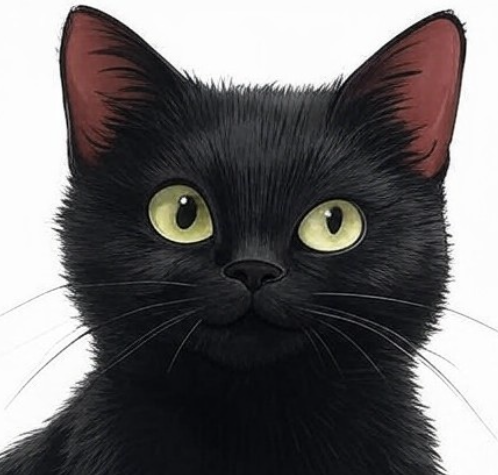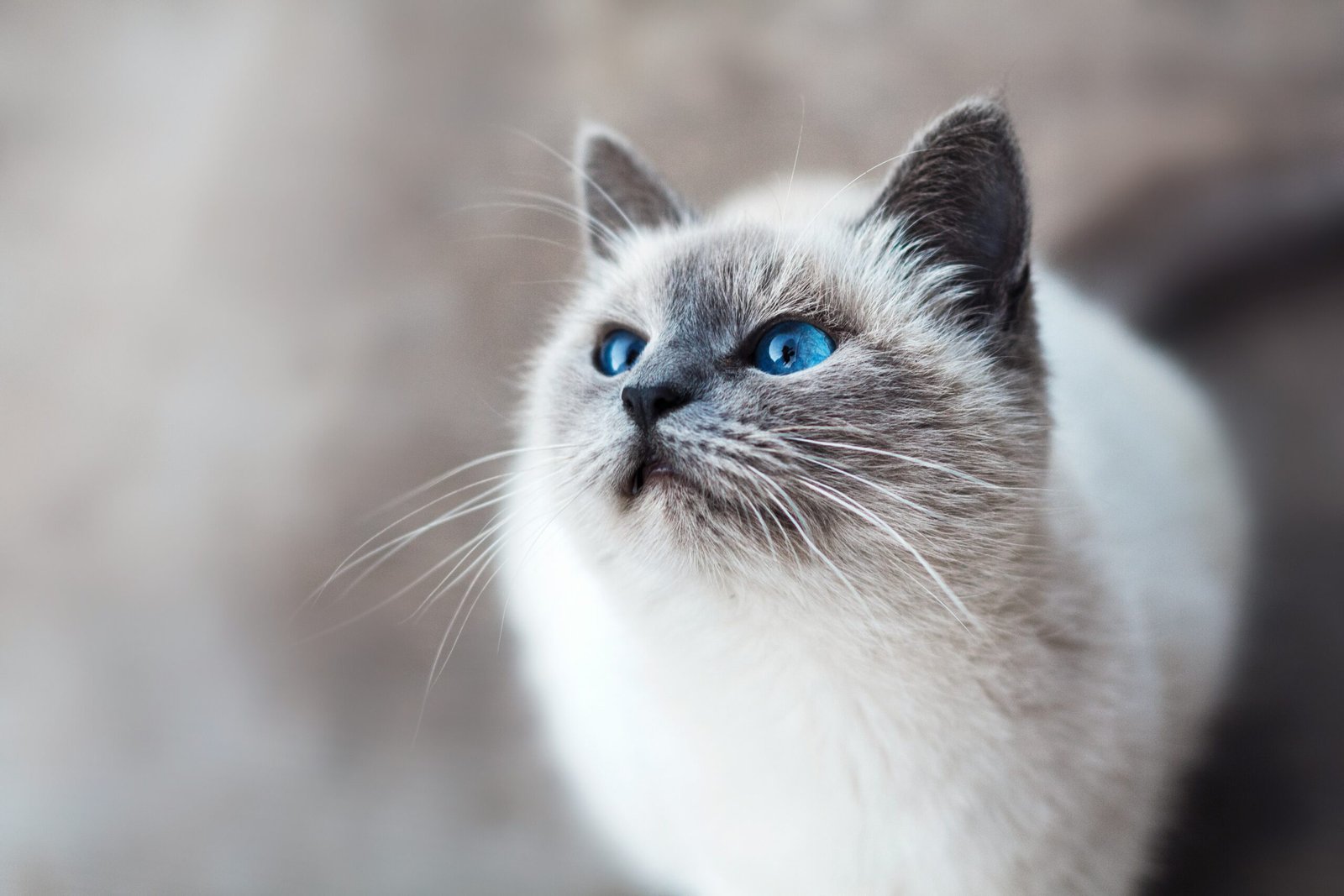Understanding Cat Aging
The aging process in cats is markedly different from that of humans, which necessitates a thoughtful examination of how feline years correspond to human years. While humans typically experience gradual aging increments year after year, cats undergo a much more accelerated aging process during their early life stages. Understanding cat age in terms of human years not only aids in better comprehending a cat’s life stages but also helps in tailoring appropriate care for them as they progress through life.
In the first year of their life, cats develop rapidly, reaching a level of maturity comparable to that of a 15-year-old human. This dramatic early development sets the foundation for the understanding of cat life expectancy and aging comparisons. By the end of the second year, a cat’s age is roughly equivalent to that of a 24-year-old person. These early years showcase astonishing physical and behavioral transformations that contrast the relatively steady progression observed in human aging.
The Age Chart: Cats to Humans
Understanding the age of your cat in human years is essential for tailoring their care and ensuring their well-being throughout their life stages. Below is a detailed conversion chart that outlines the relationship between cat years and human years, ranging from 1 to 20 years. This chart is designed to help cat owners quickly ascertain their cat’s age in human terms, thereby enhancing the owner’s ability to provide appropriate care for their feline companions.
Cat Age (Years) | Human Age Equivalent (Years)
1 Year | 15 Years
2 Years | 24 Years
3 Years | 28 Years
4 Years | 32 Years
5 Years | 36 Years
6 Years | 40 Years
7 Years | 44 Years
8 Years | 48 Years
9 Years | 52 Years
10 Years | 56 Years
11 Years | 60 Years
12 Years | 64 Years
13 Years | 68 Years
14 Years | 72 Years
15 Years | 76 Years
16 Years | 80 Years
17 Years | 84 Years
18 Years | 88 Years
19 Years | 92 Years
20 Years | 96 Years
This chart interprets the concept of cat age in a way that aligns with the human life course, reflecting that the first couple of years of a cat’s life equate to much more significant growth and development compared to later years. It is notable that beyond the age of two, the conversion process becomes relatively linear. Each additional year for cats is approximately equal to four human years. This knowledge aids cat owners in understanding their cat’s maturity level, health considerations, and overall life expectancy. By referring to this chart, you can better plan for the various stages of your cat’s life, providing them with the necessary care and attention they require as they age.
Factors Influencing a Cat’s Lifespan
The lifespan of a cat can be significantly influenced by a combination of genetics, diet, environment, and healthcare. Understanding these factors provides valuable insight into why some cats may seem to age faster or slower than their peers, even when they share the same chronological age.
Genetics plays an essential role in determining an individual cat’s predisposition to certain health conditions. Breeds such as Siamese and Maine Coons have specific genetic traits that can influence their longevity. For instance, some breeds may be more susceptible to inherited diseases, which can impact their overall lifespan. By recognizing a cat’s breed-specific traits, owners can make informed decisions about their health care.
Diet is another critical factor that affects a cat’s health and aging process. A balanced, nutritious diet tailored to a cat’s age, weight, and lifestyle can contribute to a longer and healthier life. Cats that are overweight or obese face an increased risk of developing various health issues, such as diabetes and arthritis, which can impact their cat life expectancy. Therefore, ensuring a proper diet supports not only their immediate well-being but also their long-term health.
The environment in which a cat lives also substantially impacts its lifespan. Indoor cats tend to live longer than outdoor cats due to reduced exposure to dangers such as accidents, predation, and diseases. Creating a safe and enriching environment can promote physical and mental health, contributing to a cat’s overall longevity.
Finally, regular healthcare is vital for maintaining a cat’s health. Routine veterinary check-ups can help in the early detection of potential health issues, allowing for timely intervention. Vaccinations, parasite control, and dental care are all integral to a cat’s healthcare regimen, promoting better aging and enhancing the quality of life.
Caring for Aging Cats: Tips and Considerations
Caring for a senior cat requires a dedicated approach to ensure their quality of life remains high as they progress into their later years. As their feline age advances, it is crucial for cat owners to be mindful of specific considerations that contribute to their health and well-being. One of the most important aspects is their nutrition. Senior cats have different dietary needs compared to younger felines. Owners should opt for high-quality cat food formulated specifically for aging cats, focusing on balanced nutrients, fewer calories, and increased fiber content to support digestive health.
Regular veterinary check-ups become paramount as cats age. These visits can help detect common age-related issues such as kidney disease, dental problems, or arthritis early on, allowing for timely intervention. A veterinarian can also recommend vaccinations and preventative care measures suited to their specific health profiles, ensuring your cat remains comfortable and healthy as it ages.
In addition to proper nutrition and health monitoring, integrating enrichment activities into your senior cat’s routine can greatly enhance their mental and physical stimulation. Activities such as interactive toys, puzzle feeders, and gentle playtime can promote exercise while stimulating their minds. Cats may also appreciate quiet spaces where they can explore their surroundings at their own pace, reducing any stress associated with their aging process.
It is essential to be vigilant for signs of aging, including changes in appetite, weight loss, shifts in behavior, or mobility issues. These changes can be indicators of underlying health challenges that warrant a veterinary assessment. By observing and understanding these signs, you can take proactive steps to enhance your cat’s quality of life in its later years. Ultimately, fostering a compassionate and attentive environment for your aging cat will significantly improve its well-being and longevity, ensuring that many more cherished moments can be shared together.

